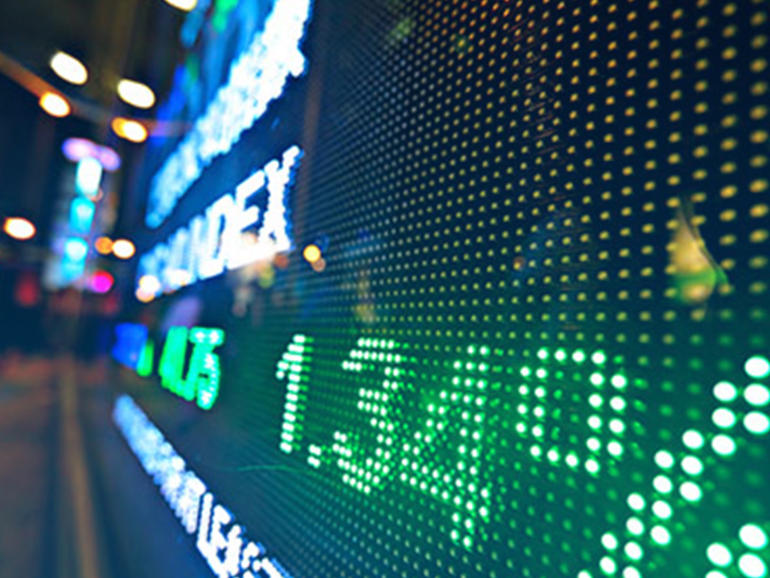The Australian Securities Exchange (ASX) has for the past few years been expanding its business beyond just providing the infrastructure for publicly listed companies, focusing on technology initiatives to get it there.
The exchange’s CEO Dominic Stevens on Thursday thanked this business diversification for the strong start to its 2021 financial year.
Profit after tax for the six months to 31 December 2020 came in at AU$242 million. While this was an AU$8.6 million drop from the same period a year prior, Stevens touted the result as leaving the ASX well positioned to deliver “resilient earnings and dividends, while investing in future growth and innovation”.
Operating revenue increased AU$15.6 million over the previous corresponding period to AU$470.5 million — this mostly reflected growth in the exchange’s listings business and its equity trading, clearing, and settlement businesses. It was offset by the revenue reduction in the ASX’s derivatives business, Stevens said.
Earnings before interest and taxes was up AU$4 million to AU$319 million.
Total expenses increased by AU$11.6 million to AU$151.4 million and capital expenditure set the exchange back AU$54.5 million, which was mostly listed under “the long-term transformation of technology and operations”. The exchange expects this figure to reach AU$110-AU$115 million come end of year.
“During the period, we continued to progress our multi-year technology investment program, which will reduce the average age of our equity technology stack from eleven years in 2019 to four years by 2023,” Stevens explained.
This includes the CHESS replacement project.
The ASX has been building the world’s first, actual industrial-scale blockchain use case — a new post-trade solution to replace its legacy Clearing House Electronic Subregister System (CHESS) platform, which has been running for around 25 years.
Stevens last February said the system would be ready for industry-wide testing the following July and that full-functionality could arrive by April 2021. However, in March 2020, the ASX announced it had revised the implementation timetable for replacing CHESS and would consult with CHESS users as a result of the COVID-19 pandemic.
The ASX in June then said it would revise its target go-live date to April 2022.
The target was in October revised to April 2023.
Stevens on Thursday confirmed the date has not changed.
See also: Here’s what to expect from ASX’s blockchain-based CHESS replacement
“In the half just completed, ASX also finalised the replan and — importantly — the consequential re-sizing of the CHESS replacement project,” he said. “As well as addressing the need for additional time to complete readiness activities.”
Stevens said the exchange is committed to contemporising ASX’s technology stack. He said the technology contemporisation program is an investment in its core businesses while providing for other opportunities into the future.
“There are many industry, market, and technology forces that ASX can leverage to grow its value over the next decade,” he said.
“Across all industries, but especially in financial services, we see an explosion of data, the digitisation of processes, a focus on operational efficiencies and risk management excellence, as well as the growth in the financial services economy, driven by our compulsory superannuation system.”
In November, the exchange experienced “software issues” when it was going live with the refresh of its ASX Trade equity platform.
“The incident overshadows the significant improvements we have made to operational resilience via our Building Stronger Foundations program in recent years,” the CEO said on Thursday, adding another apology for the outage.
“Over the past four years, customer-facing technology and operational incidents at ASX have fallen by around 78%.
“Importantly, the reduction in incidents has been achieved during a significant technology change program at ASX, and also when the scale and scope of what we do is expanding our technology footprint.
“In the long run, upgrading and introducing new technologies is unquestionably a positive for reducing long-term risk, delivering value to the market and strengthening the ASX franchise. However, in the short term, all technology changes have a degree of risk after a significant deployment.”
He said notwithstanding this, the exchange is “only as good as its recent past performance”.
“And just like our actions from 2016 that lowered incidents and outages, I am sure the learnings from the events of late last year will enable us to lower risk even further,” he added.
Stevens said in 2020, the initial public offering market came back strongly, with one of the busiest three months ever seen at ASX, with 82 new listings and AU$52 billion of capital raised.
“Pipelines remain strong and it will be interesting to see what the second half of the financial year brings,” he added.
“Despite lower overall volume in the half, the team has worked hard on product launches and enhancements.”



